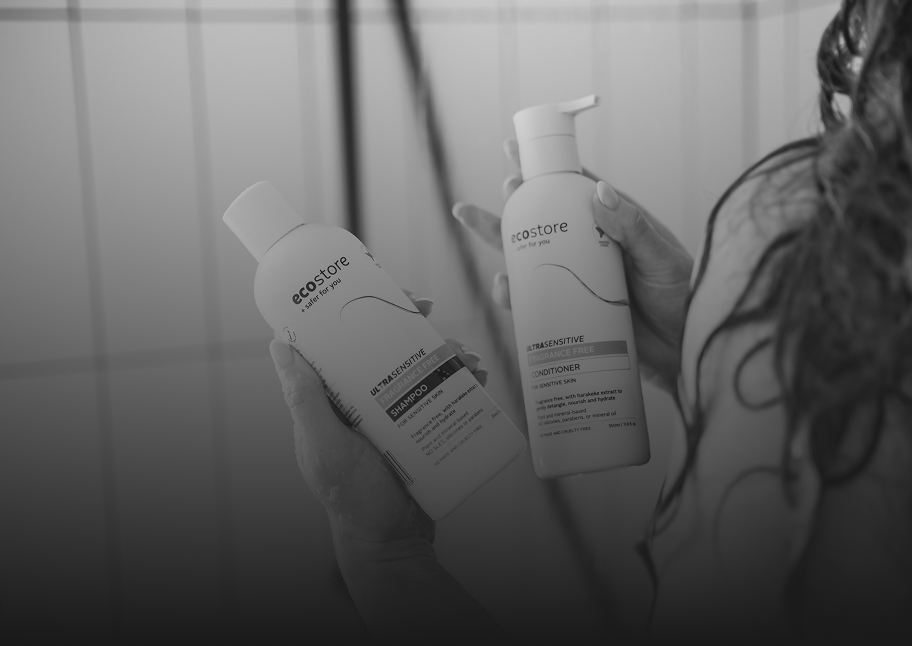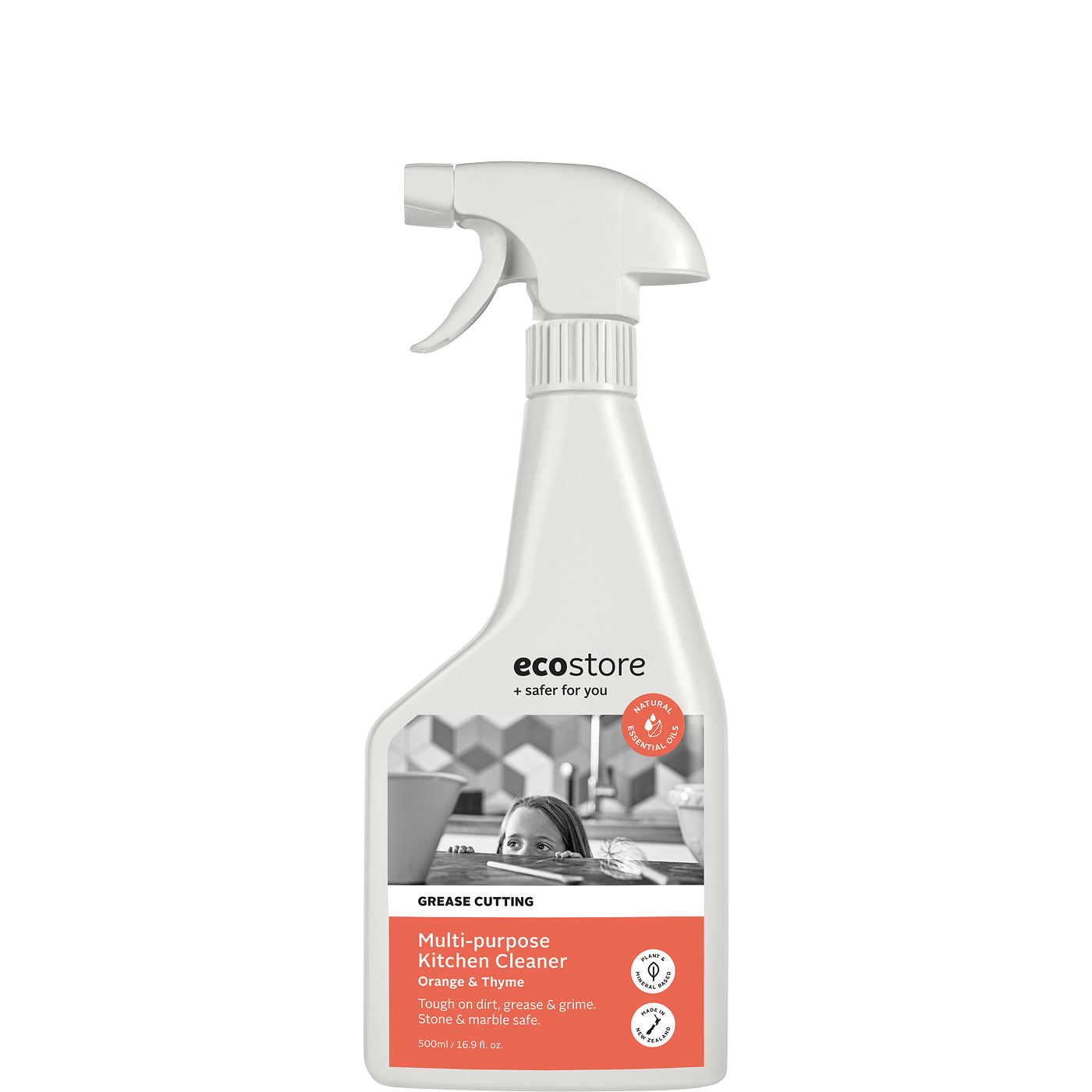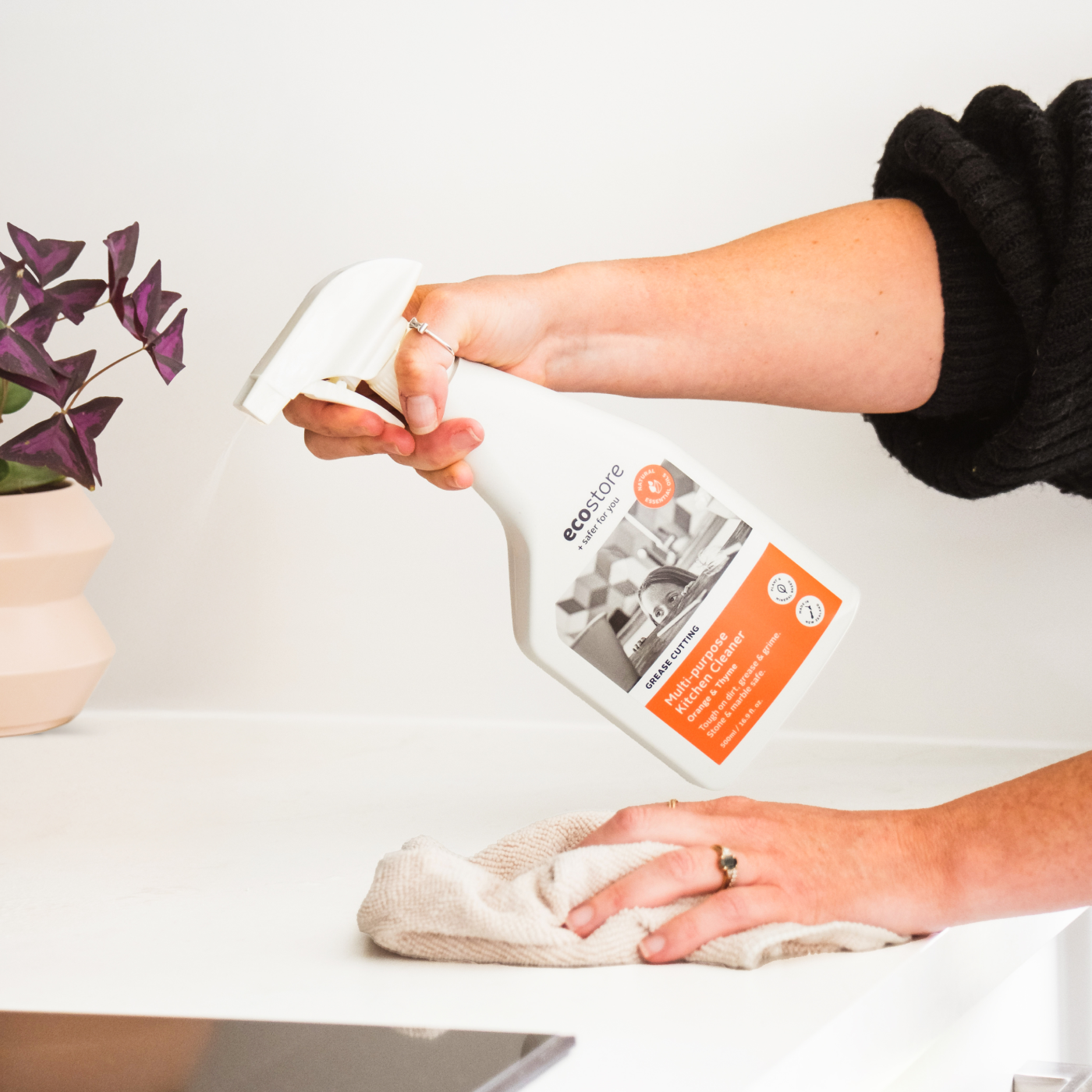Ingredient - Sodium Laureth Sulfate (SLES)
Sodium laureth sulfate, commonly known as SLES, is a sufactant with a range of applications, including in many personal care products. It's known to have the potential for skin irritation and carries some contamination concerns. We prefer to leave it out of our products.
SLES is a synthetic chemical typically derived from palm or coconut oil, and can be found in many baby washes, bubble baths, shampoos, conditioners and other products. SLES has the potential to be contaminated with 1,4-dioxane (a suspected carcinogen) during the production ethoxylation process. It should be noted that with the introduction of closer monitoring and modern practices, manufacturers are expected to be able to eliminate these byproducts from personal care products, however practices and regulatory standards vary in different countries. The ongoing development of 1,4-dioxane detection methods in cosmetics would indicate the persistence of contamination concerns.
SLES also has the potential to produce skin irritation, depending on the concentration and duration of contact. A 2010 review by the Cosmetic Ingredient Review panel noted that irritation may occur for some users, but concluded that SLES is “safe as cosmetic ingredients in the present practices of use and concentration when formulated to be nonirritating.”
A 2017 article on the use of SLES as a lubricant in the excavation industry also highlighted the scarcity of environmental studies on SLES, with water and soil toxicity possible areas of concern.
Other names: Sodium Laureth Sulphate, Dodecyl Sodium Sulfate, Sodium Lauryl Ether Sulfate
Chemical class: Alkyl Ether Sulfates
REFERENCES
Saraji, M., & Shirvani, N. (2017). Determination of residual 1,4-dioxane in surfactants and cleaning agents using headspace single-drop microextraction followed by gas chromatography-flame ionization detection. International journal of cosmetic science, 39(1), 36–41. https://doi.org/10.1111/ics.12345
Robinson, V. C., Bergfeld, W. F., Belsito, D. V., Hill, R. A., Klaassen, C. D., Marks, J. G., Shank, R. C., Slaga, T. J., Snyder, P. W., & Andersen, F. A. (2010). Final Report of the Amended Safety Assessment of Sodium Laureth Sulfate and Related Salts of Sulfated Ethoxylated Alcohols. International Journal of Toxicology, 29(4_suppl), 151S-161S. https://doi.org/10.1177/1091581810373151
M.C. Prieto-Blanco, P. López-Mahía, S. Muniategui-Lorenzo, D. Prada Rodríguez. 7.1 - Determination of Surfactants in Cosmetics. Editor(s): Amparo Salvador, Alberto Chisvert, Analysis of Cosmetic Products, Elsevier, 2007, Pages 291-322, ISBN 9780444522603, https://doi.org/10.1016/B978-044452260-3/50038-3.
Anna Barra Caracciolo, Martina Cardoni, Tanita Pescatore, Luisa Patrolecco. Characteristics and environmental fate of the anionic surfactant sodium lauryl ether sulphate (SLES) used as the main component in foaming agents for mechanized tunnelling. Environmental Pollution, Volume 226, 2017, Pages 94-103, ISSN 0269-7491, https://doi.org/10.1016/j.envpol.2017.04.008.
National Center for Biotechnology Information (2021). PubChem Compound Summary for CID 23665884, Sodium laureth sulfate. Retrieved October 25, 2021 from https://pubchem.ncbi.nlm.nih.gov/compound/Sodium-laureth-sulfate.
Free shipping on orders over $130
Love me or your money back guarantee
Ingredient - Sodium Laureth Sulfate (SLES)






